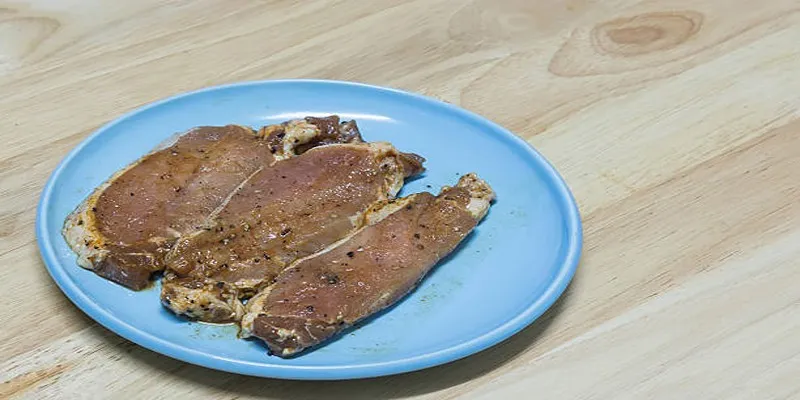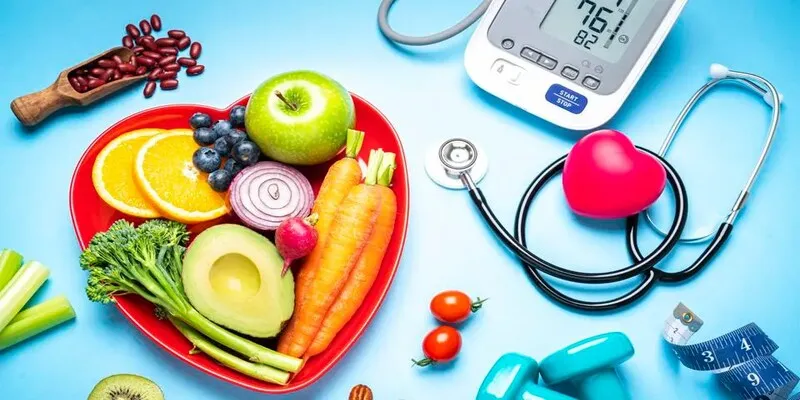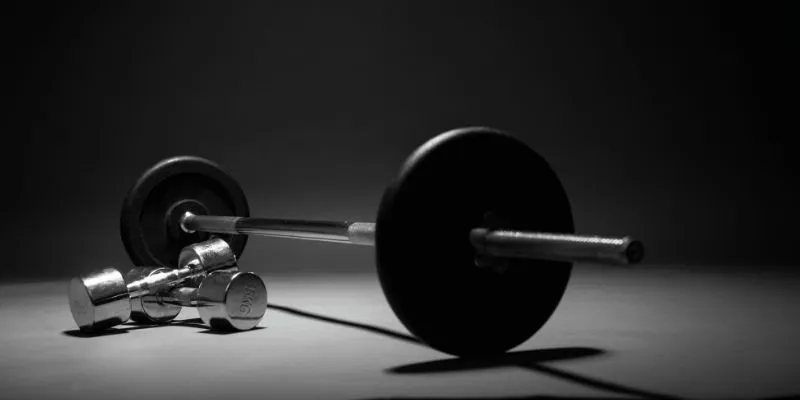Are You Making These 9 Common Meat Defrosting Mistakes?
Defrosting meat might seem like a straightforward task, but it’s easy to make mistakes that can compromise both safety and quality. Many home cooks unknowingly fall into common traps that lead to uneven thawing, loss of moisture, or even foodborne illnesses. Whether you’re in a hurry or just unaware of the best practices, improper defrosting methods can ruin a perfectly good piece of meat. To help you avoid these pitfalls, we’ve compiled a list of nine common mistakes you’re probably making when defrosting meat and how to correct them. By understanding what not to do, you can ensure that your meals are both delicious and safe for consumption.
1. Defrosting at Room Temperature
One of the most common mistakes people make is defrosting meat at room temperature. Leaving meat out on the counter might seem like a quick and easy solution, but it can be quite dangerous. When meat is left at room temperature for too long, it enters the danger zone (40°F to 140°F or 4°C to 60°C). In this temperature range, bacteria can multiply rapidly, increasing the risk of foodborne illnesses such as Salmonella and E. coli infections. To avoid this, it’s essential to plan ahead and use safer methods to defrost meat, such as in the refrigerator, in cold water, or using the microwave. By doing so, you can ensure the meat remains at a safe temperature throughout the thawing process.
2. Not Allowing Enough Time for Thawing

Another common mistake is not allowing enough time for the meat to thaw properly. It’s crucial to plan ahead and give your meat enough time to defrost fully before cooking it. Depending on the size of the meat, it can take anywhere from a few hours to a full day to defrost in the refrigerator. If you’re short on time, using the cold water method or microwave can speed up the process, but make sure to monitor the meat closely to prevent over-thawing or partial cooking. Trying to rush through defrosting can result in unevenly thawed meat, which can affect both the flavor and texture of the final dish.
3. Defrosting in Hot Water
While using hot water may seem like a quick solution to speed up defrosting, it’s not recommended as it can lead to food safety issues. The hot water bath method can cause the outer layers of the meat to reach an unsafe temperature while the inner parts are still frozen, creating an environment for bacteria growth. Furthermore, soaking meat in hot water can also cause loss of moisture and result in a dry and tough final product. If you need to use a water bath, make sure to use cold or lukewarm water and change the water every 30 minutes until the meat is fully thawed.
4. Defrosting in the Microwave Without Adjusting the Power Setting
Using a microwave to defrost meat can be a convenient option, but it’s essential to adjust the power setting accordingly. Many microwaves have a defrost function, which works by cycling between the defrost and regular cooking settings. However, if you don’t manually adjust the power setting, there’s a high chance of partially cooking some parts of the meat while others remain frozen. It’s best to use a lower power setting and monitor the meat closely to avoid overcooking.
5. Refreezing Meat After Thawing
It’s generally not recommended to refreeze meat after it has been thawed. When you freeze meat, the water inside it turns into ice crystals, which can cause damage to the protein structure. When you defrost meat, the ice crystals melt, and if you refreeze it, they will form again in a new pattern, resulting in tougher and drier meat. Additionally, refreezing can also increase the risk of bacterial growth as the temperature fluctuates during the thawing and refreezing process. It’s best to plan ahead and only defrost the amount of meat you need for a particular meal.
6. Not Properly Storing Defrosted Meat
Once your meat is fully thawed, it’s essential to store it properly until you’re ready to cook it. Leaving it out on the counter can lead to bacterial growth, while storing it in the fridge uncovered can cause dehydration and loss of flavor. The best way to store defrosted meat is by placing it in an airtight container or wrapping it tightly with plastic wrap before placing it back in the fridge. By doing so, you can ensure that your meat remains safe and maintains its quality until you’re ready to cook it.
7. Cutting Meat While It’s Partially Frozen
Trying to cut partially frozen meat can be quite challenging, but many people make this mistake thinking it will save time. However, cutting through frozen or semi-frozen meat not only risks injuring yourself but also results in uneven cuts and a higher chance of cross-contamination as the knife comes into contact with both raw and cooked portions of the meat. It’s best to wait until the meat is fully thawed before attempting to cut it. If you’re short on time, you can use a sharp knife to cut the meat into smaller pieces before freezing, making it easier to defrost and cook in smaller portions.
8. Not Using Proper Packaging for Freezing

When freezing meat, it’s essential to use proper packaging to prevent freezer burn and maintain quality. Many people make the mistake of using regular plastic bags or containers without realizing that they are not suitable for long-term storage in the freezer. These types of packaging are not airtight and can allow air to enter, resulting in dehydration and loss of flavor. It’s best to invest in freezer-safe bags or containers that are designed for long- term storage in the freezer to ensure your meat stays fresh and flavorful.
9. Not Labeling Frozen Meat
It’s easy to forget what you’ve placed in your freezer, especially if you have multiple types of meat stored. To avoid confusion and prevent food waste, it’s important to label all frozen meat with the type of meat and date frozen. This will help you keep track of how long the meat has been frozen and when it should be used by. Additionally, labeling can also help you plan meals ahead of time by keeping track of what types of meat you have available in your freezer.
Conclusion
Properly defrosting meat is essential for food safety and maintaining the quality of your dish. By avoiding these common mistakes, you can ensure that your meat is safe to eat and results in a delicious final product. Remember to plan ahead, use proper methods, and store your meat correctly to avoid any potential issues. With these tips in mind, you can confidently thaw and cook your meat for a safe and enjoyable dining experience.











